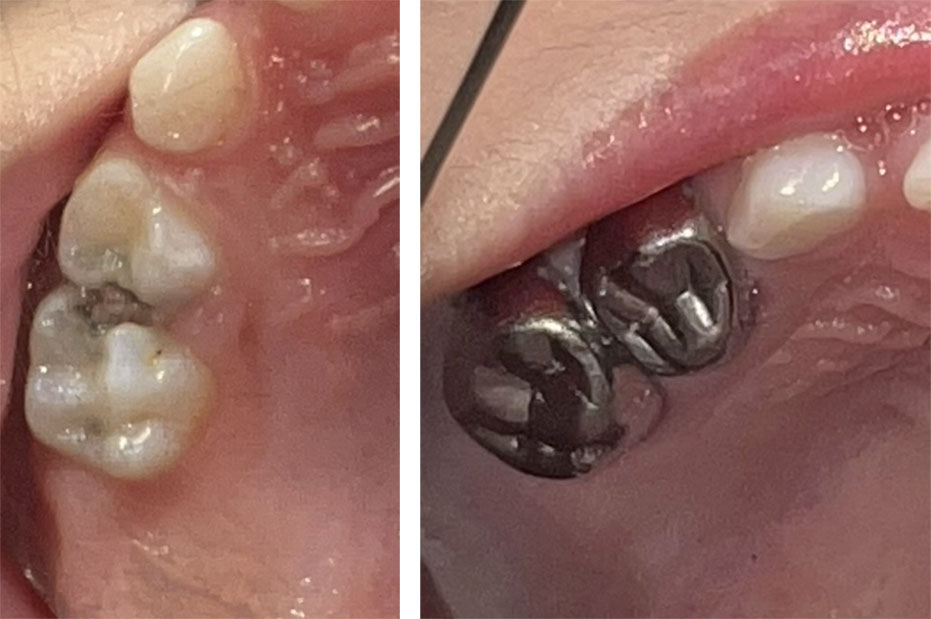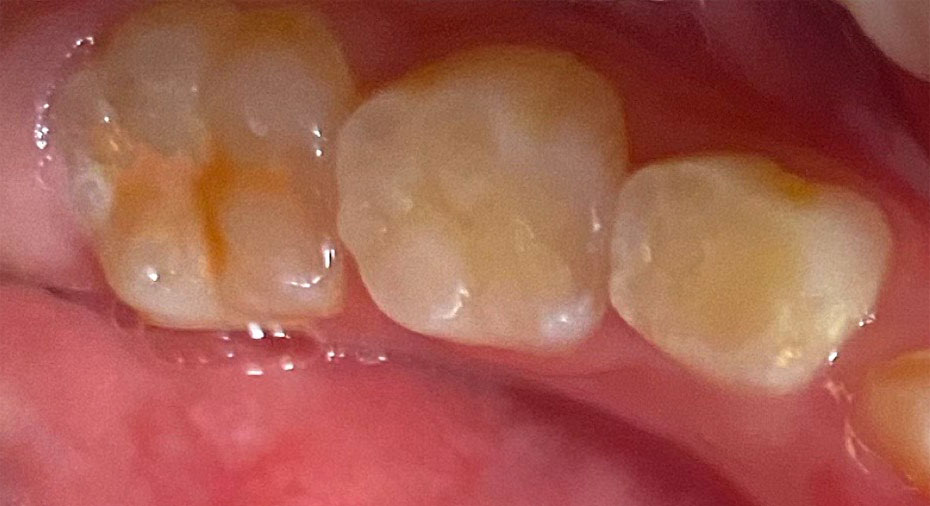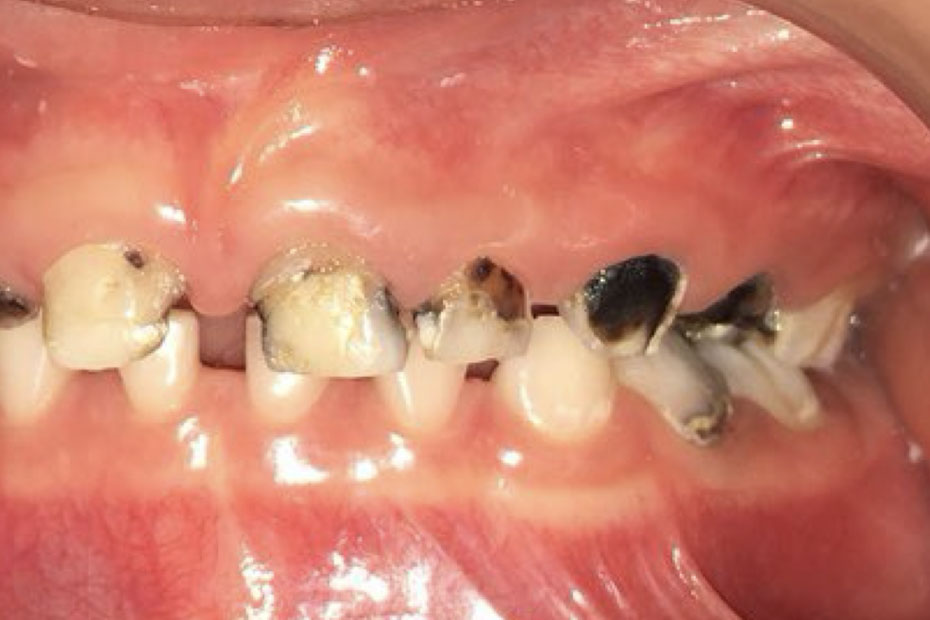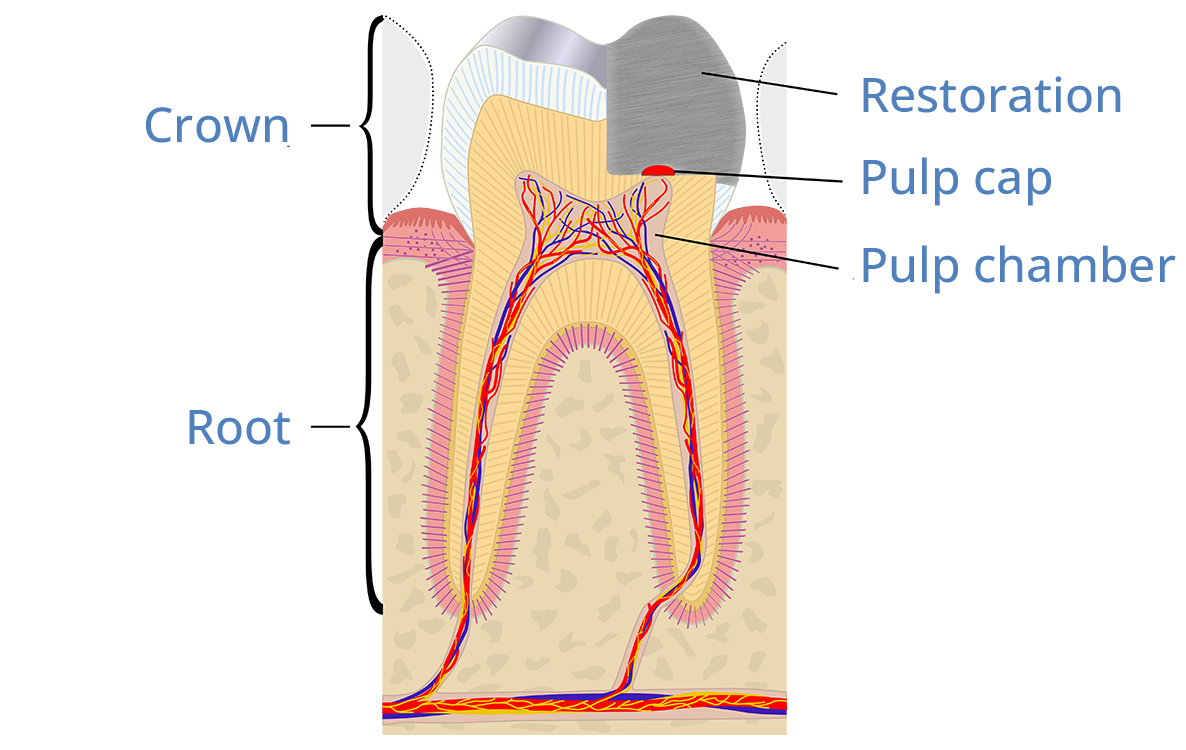"Doktora, pwede ba pastahan na lang?" This is probably the most common question we encounter from parents at our Center. "Pasta" in this case is a common term used by Filipinos to mean a filling, likened to a paste, on a tooth when a child comes in with a hole on her tooth. But not all can be filled with a "pasta" and not all teeth can be saved.
First things first — contrary to popular belief, baby teeth are important. While it is true that the children’s baby teeth will fall off and new teeth will replace them, everyone will always need their teeth — for eating, speaking and smiling.
Is it worth saving the baby teeth? Well, the answer is a yes and no. But we do try to save the teeth as much as we can. It all depends on many factors:
- The medical condition of the child. We assess the fitness of a child first if there are factors in his medical condition that affects his oral health and will eventually affect dental treatment. Some medications affect the oral cavity, a few diseases cannot tolerate bleeding and some cannot risk a treatment failure. E.g. Leukemia patients cannot have their teeth extracted because of the risk of bleeding, while some patients with a heart condition cannot take a chance on treatment failure.
- The behavior of the child. Is he cooperative enough to sit on the dental chair? If yes, how long? Can he tolerate the drill, the local anesthesia … or even as simple as cotton inside the mouth? Assessing the behavior of the child can lead us to what possible types of treatment the child can endure. While simple fillings are non-invasive, having many "things" inside a child’s mouth and keeping her steady can be an issue for an uncooperative child. A five-minute treatment procedure can be "forever" to a two-year-old with normal cognitive development and to a ten-year-old with special needs.
- The dental needs of the child. Some children come to us with a small cavity, but many come with several big cavities. Some are in pain, some have fever, and some have facial swelling. Treatment can be as simple as applying high-fluoride content material, a filling or a crown, pulp treatment (baby root canal) or extraction. (See Figures 1-4) Treatment usually depends on the size and depth of the cavity, pain and other symptoms of the child. Your dentist should be able to talk to you about treatment options and what is recommended best for your child.
- The importance of the tooth in a child’s mouth. In general, the longer a tooth is expected to stay in the mouth, the more we want to save it. Will the tooth be useful in the mouth for the next year or 5 more years? Saving a front tooth may not be as important to a 6-year-old child since it will be replaced by age 7 versus saving a front tooth of a 2-year-old. And the baby molars' natural course is until about 9 to 11 years old. We also generally prioritize the molars as much as possible to prevent future crowding but understandably, parents prioritize the front teeth for cosmetic reasons.
After all that has been said, we weigh all the factors and treatment options to determine what is best for the child. We work on this with parents as children can't advocate for themselves and are dependent on their parents. And of course, it still all boils down on what the parents want for their child. Some are willing to pursue treatment while some don't for one reason or another — they are either scared of the treatment, or find the treatment expensive, or think it's unimportant - "baby teeth lang yan, mapapalitan din naman yan". In the meantime, the kids' oral health-related quality of life suffers — they are in chronic pain, they can't eat well making them sickly and malnourished, they can't focus on school well making learning difficult, and to the extent that they can't play or interact well with their peers.
When a child comes to the clinic, our ultimate goal is to educate all caregivers since tooth decay is preventable. Keeping the teeth plaque-free will make cavities stop getting bigger no matter how advanced the cavities are. And the best way to prevent tooth decay is toothbrushing and a healthy diet.
We know that children are growing and they need the proper nutrition for them to grow physically, cognitively and socially. And a proper nutrition starts with healthy teeth! So let’s take care of our children’s teeth. Baby teeth nga lang yan, but our children need their teeth, too!

The Iron Man tooth. Made of stainless steel, it completely seals the tooth, making it impenetrable to bacteria. This is cemented on the tooth making it more retentive than a regular filling. There is no need to remove these crowns as these will fall off together with the natural tooth when it's time to go.

Fillings and sealants. To fill small cavities and deep pits and fissures, the fillings and sealants are applied on the teeth to prevent food debris and plaque from accumulating in them.

Silver diamine fluoride (SDF). This gained popularity during the COVID pandemic because it doesn’t generate aerosols and yet it kills the bacteria thereby halting the progress of the tooth decay. While it is easy to apply, the cavity will turn black and cannot be applied on deep cavities.

Illustration by Ian Furst, Goran tek-en - own work derivative of File:Cross sections of teeth.svg, CC BY-SA 3.0, https://commons.wikimedia.org/w/index.php?curid=31062258
Pulp treatment. Pulp refers to the nerve and blood supply of the tooth. When a patient experiences pain, it means the pulp is undergoing inflammation because of the proximity of the cavity to the pulp. The deeper the cavity is, the more painful it is, telling us that the decay is near or in the pulp. A pulp treatment means either taking steps to maintain that vital pulp or cleaning out the entire pulp when it has been diagnosed to be irreversibly damaged. This treatment keeps a tooth longer in the mouth, especially when it is deemed important in function.